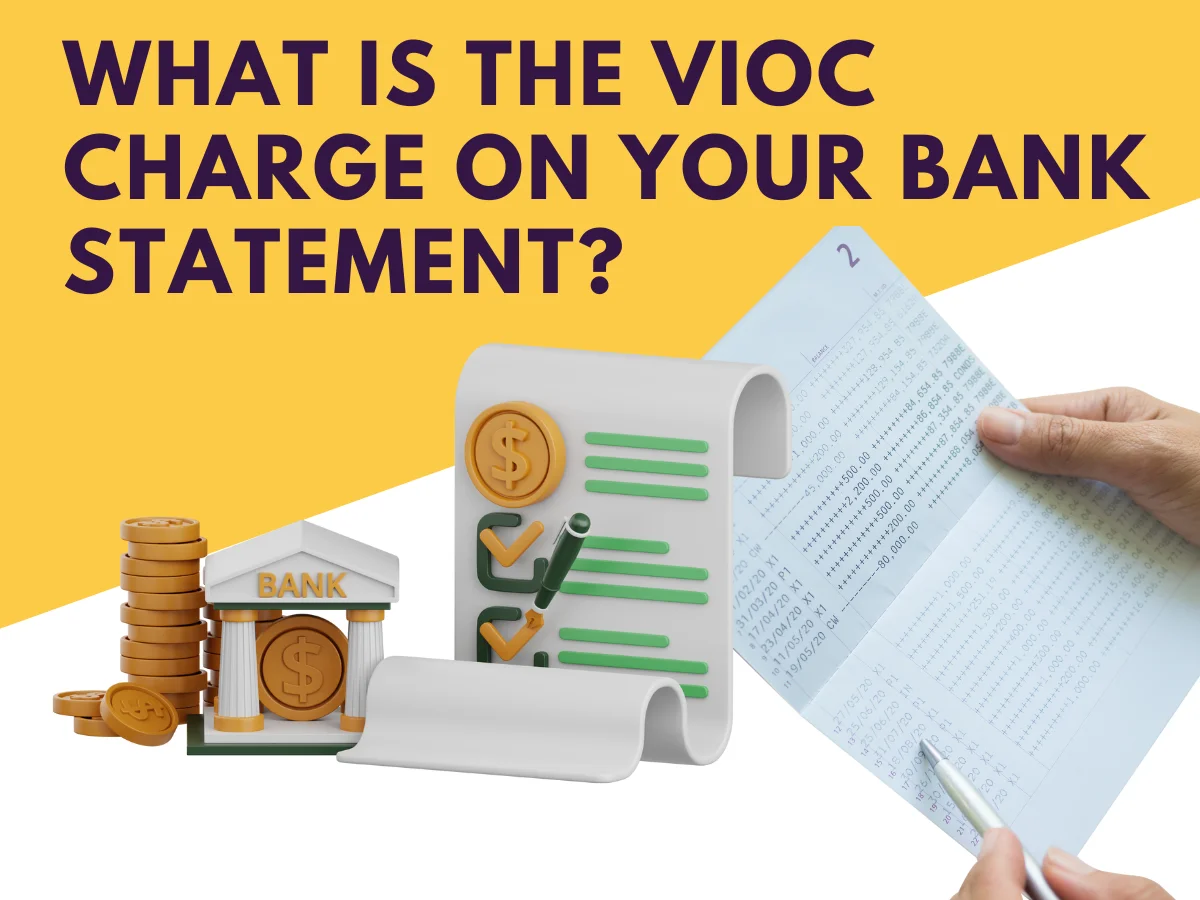If you’ve ever glanced at your bank statement and spotted an unfamiliar charge labeled “VIOC,” you’re not alone. Many individuals find themselves puzzled by these seemingly cryptic transactions. In this comprehensive guide, we’ll unravel the mystery behind the VIOC charge, providing answers to common questions and offering guidance on how to handle it.
What Does VIOC Stand For?
The acronym “VIOC” stands for Vehicle Inspection Oil Change, a widely recognized automotive service provider. If you recently visited an auto service center for an oil change, inspection, or related services, chances are the VIOC charge on your bank statement is associated with that visit.
Understanding the source of the charge is crucial in deciphering your bank statement and ensuring that it aligns with your recent activities.
What Is VIOC on My Bank Statement?
Seeing “VIOC” on your bank statement might initially raise eyebrows, especially if you don’t recall any recent vehicle-related transactions. In most cases, this charge corresponds to the cost of services provided by Vehicle Inspection Oil Change centers. It encompasses expenses related to oil changes, inspections, and any additional services your vehicle may have undergone during the visit.
Where to Find VIOC Charge in Your Bank Statement
Locating the VIOC charge in your bank statement is key to understanding your financial transactions. Typically, these charges are listed under the description section, often accompanied by the date of the transaction. Look for keywords such as “VIOC,” “Vehicle Inspection Oil Change,” or the specific name of the service center you visited.
Below is a simplified demo table reference to illustrate how a VIOC charge might appear in a bank statement:

In this example:
- The “Description” column provides details about the transaction.
- The “Amount” column indicates the cost of the transaction.
When looking for VIOC charges, you’d typically scan the “Description” section for keywords such as “VIOC,” “Vehicle Inspection Oil Change,” or the specific name of the service center (in this case, “VIOC #13 0013 N HOLLYWOOD”). Using your bank’s online platform or mobile app, you can access your transaction history to locate and review these entries.
How Do I Find Out Where This Charge Came From?
To pinpoint the origin of the VIOC charge, review your recent activities and transactions. If you’ve visited an automotive service center for any maintenance work, check your receipt for a matching amount. Additionally, you can contact your bank to request more detailed information about the transaction, including the name and location of the merchant.
How to Handle the VIOC Bank Charge
If you confirm that the VIOC charge is legitimate and corresponds to services rendered, there’s usually no cause for concern. However, if you’re unable to trace the charge to any recent automotive services, it’s crucial to investigate further. Contact the VIOC center where you may have availed services and inquire about the specific transaction. If the charge remains unclear or suspicious, consider reaching out to your bank to dispute the transaction and seek resolution.
Understanding the VIOC Bank Charge
Understanding the VIOC bank charge involves awareness of your recent automotive service history. It’s essential to keep track of your visits to service centers and maintain records of receipts. In the digital age, many service providers send email receipts, making it easier to trace transactions. Regularly reviewing your bank statements can also help identify any unauthorized or unfamiliar charges promptly.
Tips for Managing VIOC Charges and Bank Statements
Managing VIOC charges and bank statements effectively requires proactive steps. Consider the following tips:
- Keep Receipts: Save receipts from automotive service centers, especially those that provide a detailed breakdown of the services rendered. These receipts serve as essential documentation and can help verify charges on your bank statement.
- Set Alerts: Utilize banking apps to set up transaction alerts. Receive notifications for any large or unusual transactions, allowing you to stay informed and address any discrepancies promptly.
- Regularly Review Statements: Schedule regular reviews of your bank statements. This practice not only helps you stay on top of your finances but also enables you to detect and resolve any issues quickly.

Conclusion
In conclusion, the VIOC charge on your bank statement is likely linked to automotive services provided by Vehicle Inspection Oil Change centers. By staying vigilant, reviewing receipts, and reaching out to the service center or your bank when in doubt, you can ensure that the charge is accurate and legitimate. Remember, maintaining awareness of your financial transactions contributes to a secure and well-managed financial profile.
Next time you spot a VIOC charge, rest assured that it’s not a financial enigma but a straightforward representation of the care your vehicle received during its last visit to the service center.
Know out How Does Walmart Show Up on a Bank Statement?
FAQ
What’s VIOC charge on credit card statement? Is it a fraudulent transaction or not?
The VIOC charge on a credit card statement typically represents expenses from Vehicle Inspection Oil Change services. If you haven’t visited such a service center recently, it’s advisable to investigate further as it could be a potential fraudulent transaction.
What is vioc?
VIOC stands for Vehicle Inspection Oil Change, a recognized automotive service provider. VIOC offers services such as oil changes and vehicle inspections, commonly reflected on bank or credit card statements.
What is VIOC #13 0013 N HOLLYWOOD?
VIOC #13 0013 likely refers to a Vehicle Inspection Oil Change service in North Hollywood, Los Angeles. Check your VIOC receipts or contact their customer service for details. If unsure, consult your bank about the charge.
